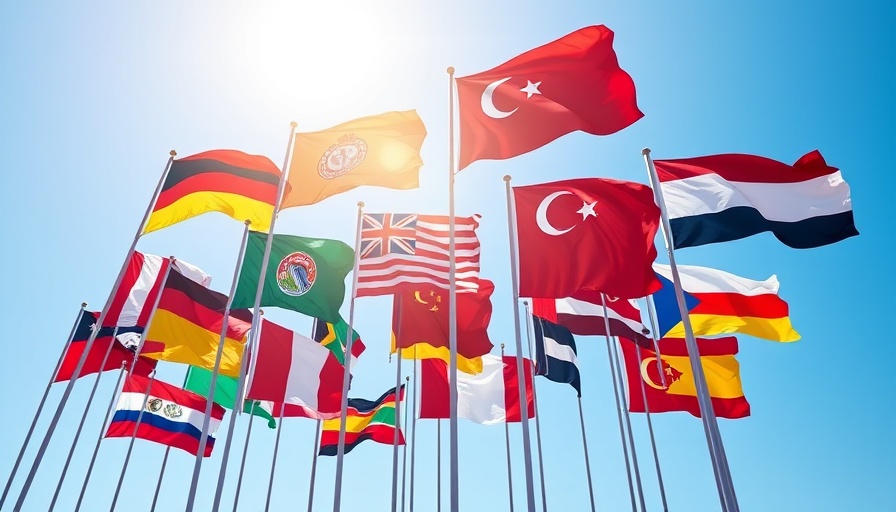
Understanding the Shift in Indirect Tax Management
As the business landscape continues to evolve, tech companies are facing complexities in how they manage indirect tax. Traditionally seen as a mere operational burden, indirect tax is being transformed into a strategic asset that can enhance overall business value. CFOs, in particular, are at the forefront of this transformation, utilizing innovative strategies and technologies.
Why Indirect Tax Is Now a CFO Priority
Indirect tax processes have often been seen as manual, siloed, and cumbersome, leading to what experts call 'tech debt.' This not only incurs significant financial costs but also hampers innovation, increases operational expenses, and puts companies at risk for audits and penalties. Thus, with shareholder value at stake, CFOs must prioritize indirect tax management like never before.
Embracing Digital Transformation
One of the pivotal ways CFOs are turning indirect tax from a burden to a strength is by embracing digital transformation. By integrating end-to-end tax technology solutions, businesses can automate repetitive tasks such as data extraction and transaction validation, alleviating manual effort and significantly reducing errors. This shift not only saves time but reallocates human resources to focus on more strategic initiatives.
Enhancing Operational Efficiency Through Intelligent Automation
In today’s environment, automation in finance isn’t just advantageous; it’s necessary. Intelligent systems streamline operations, mitigating risks while maximizing efficiency. For example, centralized platforms provide enterprise-wide visibility, allowing for better data governance and compliance, reducing the burden of audits and enhancing overall control.
Addressing Human Capital Challenges
Moreover, as tech companies scale, so does the challenge of managing human capital effectively. By optimizing talent allocation and training current staff, CFOs can ensure that their teams are equipped to handle the evolving landscape of indirect tax, further enhancing strategic contributions to the business.
Looking Ahead: A Strategic Perspective
As we move forward, it’s evident that indirect tax management will play a crucial role in shaping the strategies of tech companies. By proactively addressing potential challenges and adopting advanced technologies, CFOs are not just transforming compliance measures; they are paving the way for greater agility in the marketplace. This shift empowers finance teams to contribute strategically rather than merely reacting to compliance demands.
Conclusion: The Bottom Line for CFOs in Tech
Transforming indirect tax into a strategic asset is no small feat, but it presents a compelling opportunity for CFOs to strengthen their companies' positions in a competitive market. As technology continues to evolve, the approach to indirect tax must also mature. Now more than ever, CFOs have the chance to lead the way in turning compliance into a driver of innovation and growth.
 Add Row
Add Row  Add
Add 

 Add Row
Add Row  Add
Add 



Write A Comment